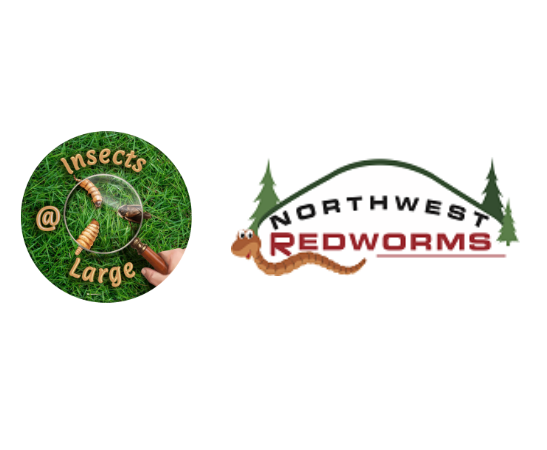Mealworm Care
These little critters need little care. A little wheat bran or ground oats and a slice of potato or carrot and you're off and running. As the larva grows it sheds it outer layer again and again. Once it is full grown it sheds its skin one more time and becomes a pupa (like a cocoon for a butterfly). About a week later +- it becomes a beetle. This is a low cost way of raising food for your chickens, other birds, reptiles and they can be used for fishing bait.
Once the beetles lay their eggs, it takes roughly a month before you can start to see the larvae with the naked eye. From there, they will continue to eat, shed, grow and, of course, poop. The mealworm poop is more endearingly referred to as frass. The frass and shed skin may need to be cleaned out every month or so. Depending on the temperature and humidity conditions, the larval stage may take roughly two to three more months. Do not throw away your frass! This is a nutrient rich soil amendment that is great to mix in with your potting soil mix.
At this point, you may notice a few pupae in with your mealworms. This is simply the larvae moving into the next stage of their life cycle. The pupae do not eat and do not move much, other than a few twitches here and there. In the picture below, the three pupae are simply lying around. This is all you will see during this stage. Not very exciting. But once they are done lounging, you will see more movement and a beetle will start to emerge from this mummy-like stage.
The beetle does not come out of it's snuggly all black and shiny like in the picture below. When it first emerges, it is nearly colorless. The body area is white and the head is a light tan color. Over the next few days it will turn more copper colored and within a few more days it will turn black. One thing beetles appreciate is darkness. We like to keep empty toilet paper rolls in the beetle bin as they enjoy hanging out in them. A piece of paper or cardboard is good too. Some people use egg cartons.
As we mentioned before, mealworms are a good source of protein, fat and other nutrients. Chickens and other birds love them. They are also raised to feed sugar gliders, hedgehogs and small reptiles like geckos and lizards.



